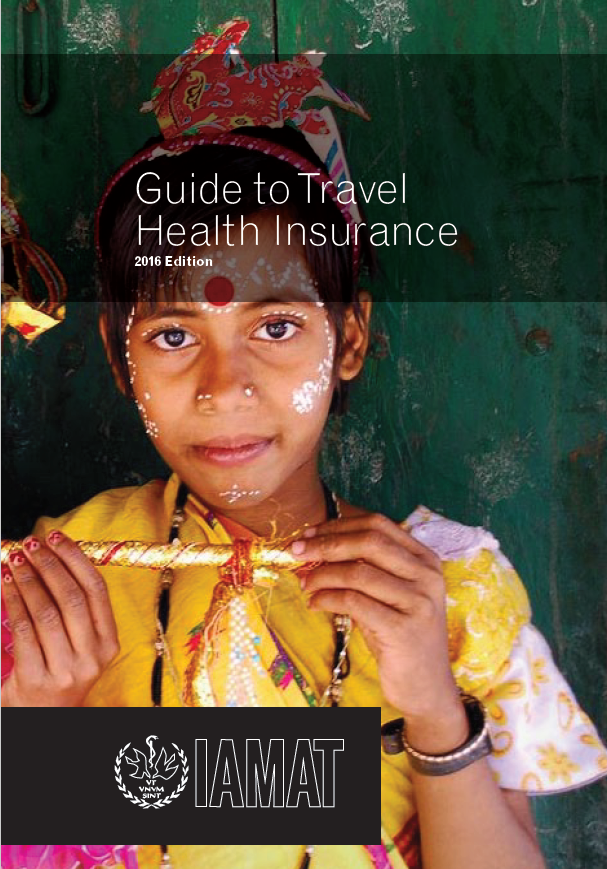The kids are out of school, the sun is shining, and your bags are packed – the summer travel season is here! But before you hit the road, there are a few key things you and your family can do to ensure you have a healthy trip:
Make sure your vaccines are up-to-date
There is no better time than now to ensure your routine immunizations are up-to-date. Recently, vaccine-preventable diseases, particularly Measles, have been making a resurgence due to incomplete vaccination, vaccine refusal, gaps in vaccine coverage, and waning immunity.
Measles outbreaks continue to affect many destinations around the world, including many US states, Canadian provinces, and countries in Europe, Africa, and Asia. If you are unsure about you or your family’s vaccination status, contact your healthcare practitioner.
If you are travelling with someone who is immunosuppressed or cannot be vaccinated (such as a child under 6 months of age), check for ongoing outbreaks at your destination prior to departure. Make sure to avoid crowded places, people who appear ill, and wash your hands frequently and thoroughly (for at least 20 seconds).
For more information on good hygiene practices, check out: Travel and Hand Hygiene.
Travel health insurance
Buying travel health insurance is like buying a new pair of pants – just because they’re cheap and the first pair you found, doesn’t mean they’re right for you.
It’s important to ensure you get the right travel health insurance policy for your trip and your health status. Buying a policy that doesn’t fit your needs is a poor investment that can actually end up costing you more, as you may end up paying out-of-pocket for owed expenses. Before you buy, take the time to do your research and read the full terms and conditions of your policy to ensure you know what is and what is not covered. For example:
Do you have a pre-existing condition and does your policy provide coverage for your condition?
Is the coverage provided enough to cover the full cost of medical care at your destination?
Does your policy provide coverage for the activities (e.g. zip-lining, camel riding) you are planning at your destination?
Does your policy require you to get pre-approval before seeking emergency medical care?
If you can’t answer these questions, review your policy or contact your insurer.
For help choosing the right travel health insurance policy for you, check out:
- Understanding Travel Health Insurance: Explanations of common medical and legal terms, helpful advice, and questions to ask your insurer before you buy.
- Guide to Travel Health Insurance: A primer exclusive to IAMAT members on how to find travel health insurance and what to look for in a policy.

Travel medicine kit
In addition to your passport, a travel medicine kit can be one of the most useful items to have with you. A travel medicine kit helps you treat minor illnesses and injuries – especially if you are travelling in a remote area or without access to medical care or a pharmacy.
The items you include in your kit will depend on your destination, itinerary, and your health status. In general, your kit should include the following:
- Prescription and over-the-counter medications: Make sure you have enough medication for the duration of your trip plus an extra supply in case it gets lost, stolen, or your trip gets extended. You should also make sure you are legally permitted to travel with your medication. To learn more about how pack medication and which types of medication may be restricted, check out: Travelling with Medication: A Guide.
- Personal health items: Include basic items you use regularly at home such as lip balm, sunglasses, sunscreen, resealable bags, tissues, a reusable water bottle, feminine hygiene products, birth control and emergency contraceptive, and condoms.
- First-aid supplies: These supplies are essential for treating minor injuries and managing more serious issues until you can be assessed by a medical professional. Some key first-aid supplies include antiseptic pads, bandages, gauze pads, safety pins, and an emergency blanket. For a full list of suggested first-aid supplies, check out: Guide to Healthy Travel. (The Guide to Healthy Travel is exclusively available to IAMAT members. Become a member to download it!)
Stay safe in the sun
Sunlight contains ultraviolet rays which can harm your skin, eyes, and immune system, and can contribute to heat-related illnesses.
Prolonged heat exposure can result in heat cramps (painful muscle contractions in the lower legs, thighs, and abdomen), heat syncope (fainting if standing for a prolonged period), and heat edema (swelling of the hands and feet). The combined effects of dehydration, electrolyte depletion, and elevated body temperature can lead to heat exhaustion. Although rare, heat stroke can occur when the body is no longer able to regulate its own temperature, causing body temperature to rise rapidly.
If you are travelling to a destination that is hotter and more humid than your usual environment, you may be at increased risk of heat-related illness.
To stay safe in the heat, opt for cooler, shady areas and avoid being outside during peak temperatures (typically 10am to 4pm). Make sure to wear lightweight, breathable fabrics in light colours and a hat and sunscreen to prevent sunburn.
Pay attention to local weather alerts and advisories and make plans to stay indoors during high heat or smog alerts.
Prevent insect bites
Mosquitoes and ticks thrive in warm and humid conditions, making them unfortunate but common travel companions for your summer vacation. Mosquitoes can transmit diseases such as West Nile Virus, Dengue, Chikungunya, Zika Virus, Malaria, and Yellow Fever. Ticks can transmit Lyme Disease, Tick-Borne Encephalitis, African Tick-Bite Fever, and Tick-Borne Spotted Fevers.
Take the time to research your destination to understand what types of insects are present, the diseases they carry, and how you can avoid them (our Country Health Advice tool can help).
Are you wearing sunscreen and insect repellent at the same time? Read this first.
When wearing sunscreen and insect repellent together, it’s important to apply them correctly. Follow these four steps:
- Apply your sunscreen.
- Wait 20 minutes, if possible.
- Apply insect repellent over your sunscreen.
- Reapply both according to the manufacturer’s directions.
Be advised that repellent containing DEET reduces the effectiveness of sunscreen, so you may have to apply the sunscreen more often. Note that dual sunscreen and repellent products have not been proven to be effective.
To prevent mosquito bites, use a repellent containing 20%-30% DEET or 20% Picaridin. Make sure to wear long-sleeved, light-coloured clothing and avoid using scented soaps, perfumes, or lotions, as mosquitoes are attracted to dark colours and scents. You can learn more about how to prevent bites from mosquitoes, ticks, and other insects here: Insect Bite Prevention.
Photo by Simon Matzinger.
Article by Claire Westmacott.



